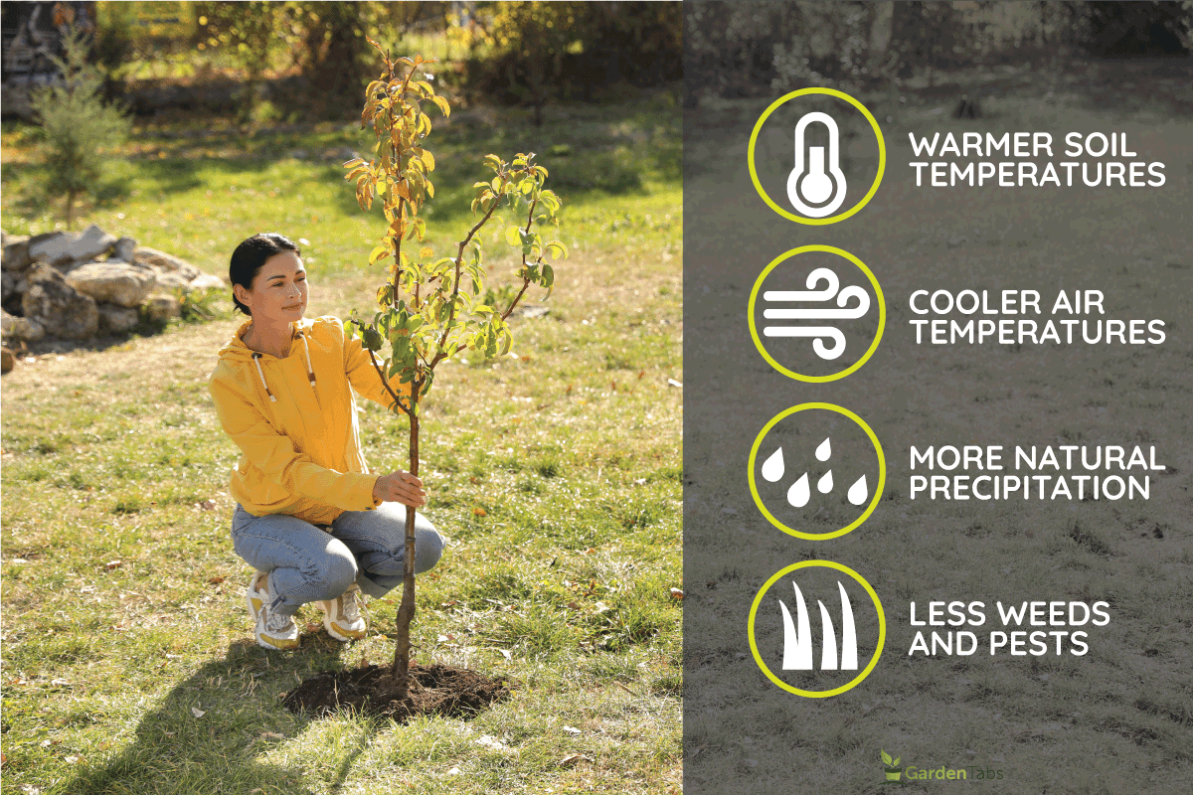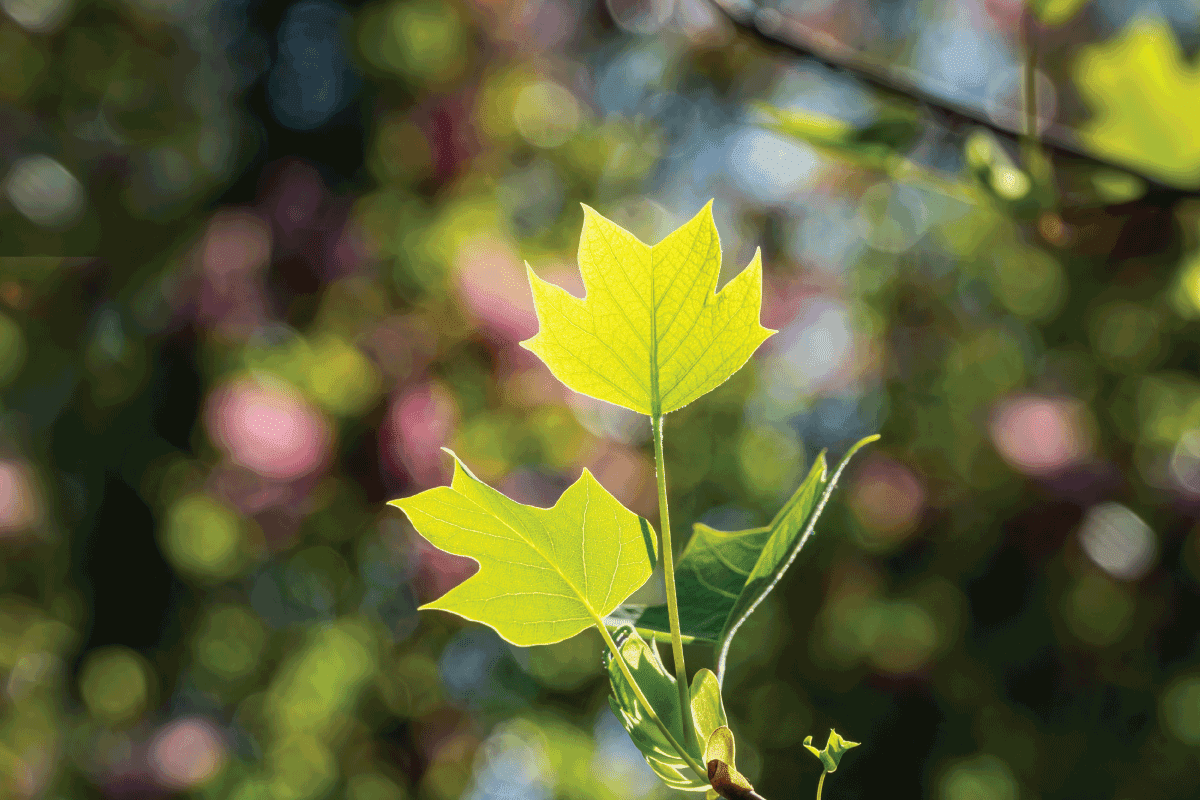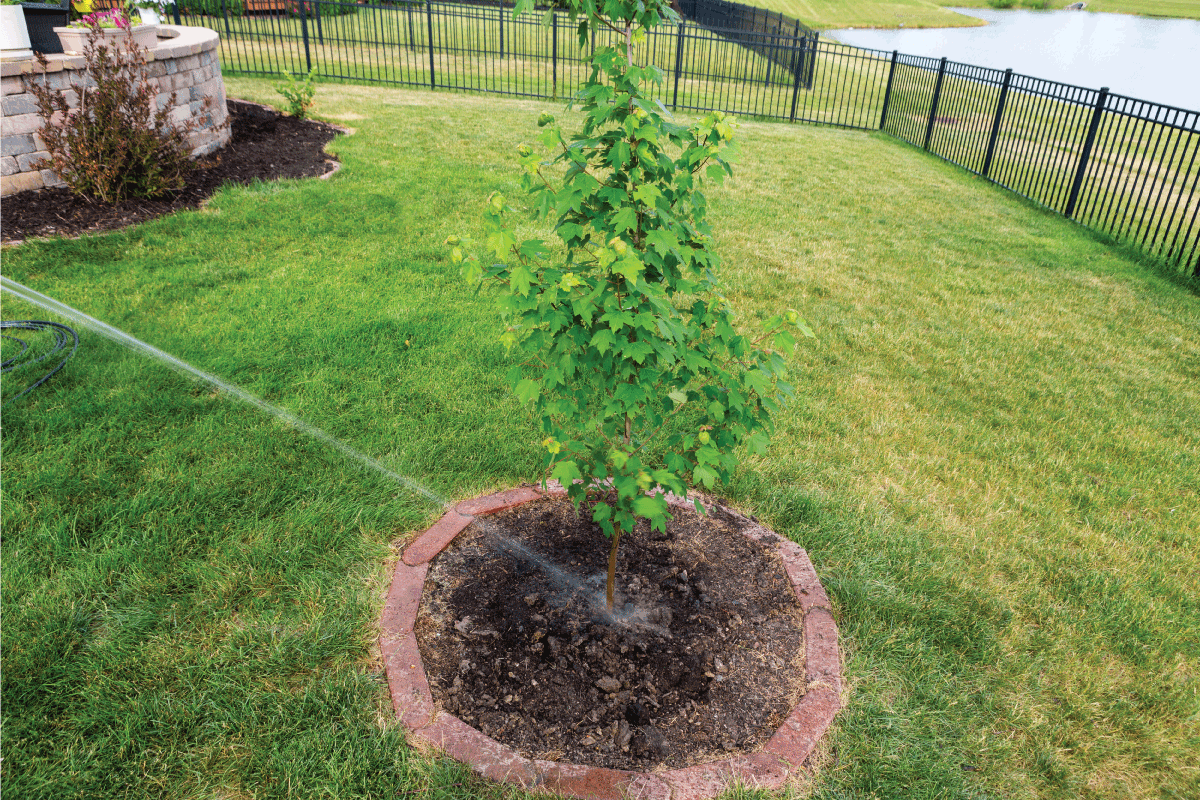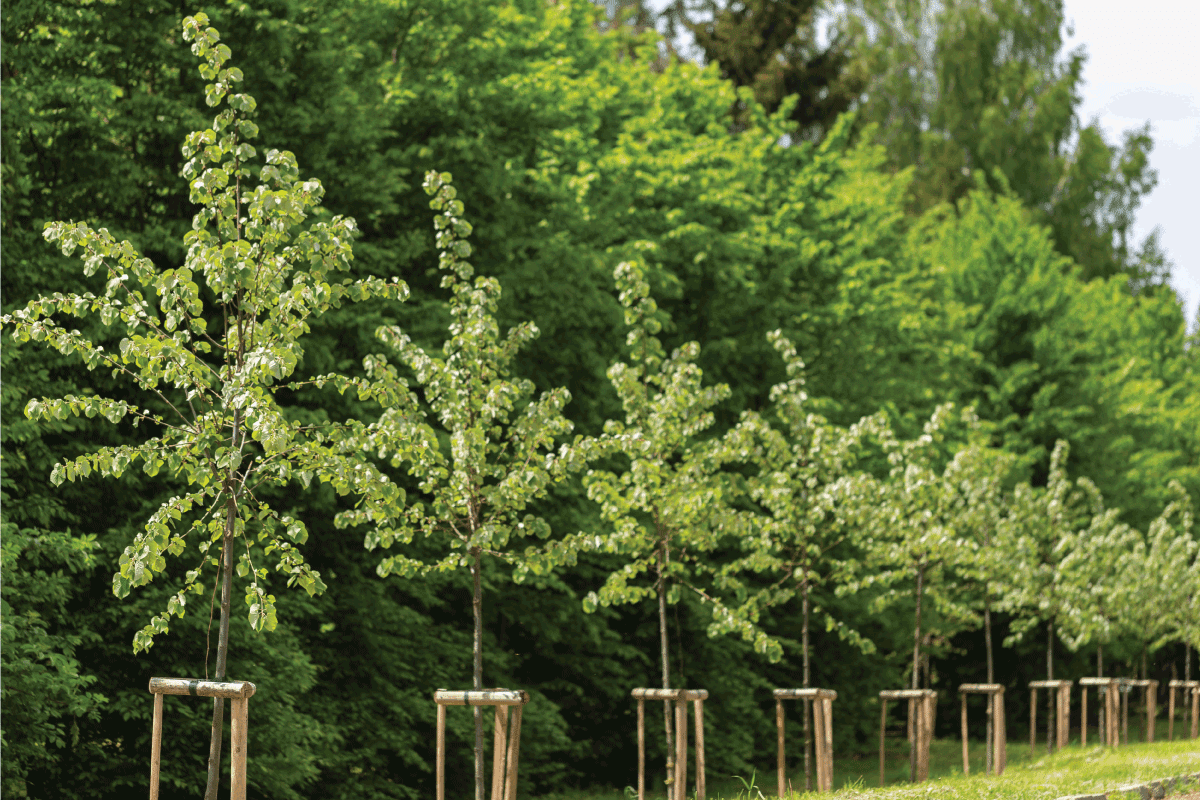Most gardeners incorporate spring as the start of the new growing season and typically begin planting at this time. Does this hold true for all plants, specifically deciduous trees? We have researched this question to inform you when is the best season to plant.
Fall or autumn is actually the best time to plant deciduous trees primarily because the energy and nutrients are diverted below ground since there are no leaves to nourish. The root system has enough time to develop and establish before the new growth appears in the spring.
The prospect of winter discourages most people from planting trees, flowering shrubs, and other vegetation late in the year. The article includes why it is advantageous to plant during the fall as well as methods to ensure your tree's survival.
Advantages Of Planting Deciduous Trees In The Fall

There are certain advantages of planting deciduous trees in the fall. The general climate provides ideal conditions for root development that prepares the underground system to support the tree.
Warmer Soil Temperatures
During the fall, air temperatures may drop, but the ground remains warm due to prolonged sunlight exposure during the summer. The condition encourages root growth and proliferation and gives the tree a head start until the ground freezes.
Planting your deciduous tree about six weeks before hard frost gives ample time for the roots to become established.
Cooler Air Temperatures
Before winter comes, cooler atmospheric temperatures cause plants to slow their metabolism above ground and divert energy and nutrients below the soil.
This is an excellent combination that allows the roots to develop and conserve energy to survive the cold and provide nutrients in the spring. Incidentally, the cool air prevents heat stress commonly associated with planting during early summer.
More Natural Precipitation
Trees develop and thrive better with natural rain, which comes with regularity during the fall. The soil is kept moist, and the growing roots are hydrated deeply. There are no drought spells (common in the summer), and the tree is not subjected to extreme changes in the ground.
Less Weeds and Pests
Weeds become actively dominant during spring and summer, and their presence tends to compete for water and other nutrients.
This would deprive the tree of the available nourishment necessary to grow. During this time, flowers and blooms attract all forms of insects and pests that can feed on and damage the tree.
Cold autumn weather results in a drop or slowing of weed and insect proliferation since both thrive in warm seasons.
Deciduous Tree Varieties For Fall Planting

Deciduous trees are species that shed their leaves every year during the fall. This is a self-preservation process wherein the nutrients are moving to the root system to serve as nourishment during wintertime.
When the cold season passes, the energy is shifted back to the above-ground growth to develop new leaves, flowers, and fruit.
If you intend to plant in the fall, give the young trees at least six weeks for root growth before the onset of frost. Since their relative development depends on the tree variety and other conditions, it is difficult to determine the exact time to plant. To be safe, early October would be a good reference.
1. Apples
When fall planting, apple trees will grow and thrive best in states with warmer winters because frigid conditions could damage the plant's root system. According to experts, apples should be planted after the first frost date, just before the ground freezes.
Fruit trees develop a sudden resistance to cold temperatures after being exposed to the first frost date.
Regions classified under hardiness zones 6 and below might find it hard to grow apples successfully during the fall because these locations experience extreme winter. However, with proper care and maintenance, the tree has a better chance of surviving.
Check out Antanovka Apple on Amazon.
2. Maples
Maples and their relative species are best planted during the fall right after dormancy, that is, the time after losing leaves and just beginning to show signs of slowed growth.
The saplings or young trees with already established root systems have the best chance of survival when transplanted on the ground during fall.
Remember to prune dead twigs or branches and place a layer of thin mulch surrounding the tree's base. This way, the roots will be protected against winter freeze.
Check out Japanese Maple Small Tree Seedling on Amazon.
3. Hawthorns
Hawthorns are cold hardy trees that are best planted in the fall before temperatures begin to drop. Dig a hole relative to the rootball size, and make sure that the roots have already been established before transplanting.
If saplings are bare-rooted, it is ideal for planting them first in containers to protect the roots from winter damage. Essentially, potted varieties can easily be relocated indoors when conditions seem to affect the tree.
Check out Well Rooted Washington Hawthorn on Amazon.
4. Lindens
Lindens are cold hardy trees that can be grown in hardiness zones 3 to 7. Begin transplanting container-bound saplings in the fall just before the ground freezes. Add a layer of mulch to give the young tree a better survival rate.
Fertilizing the sapling is not necessary after planting in the fall. Feeding the tree after its dormancy period, preferably in the spring is ideal.
Care For Planting Fall Trees

Fall planting entails several benefits for deciduous trees. It is, however, important to note the classification of nursery-grown trees you have purchased.
Containerized trees had spent their first months or year in a pot. The roots had already been established, whereas bare-rooted varieties are usually dug leafless during their dormant state. The rootball is rinsed to remove excessive dirt resulting in root loss or damage.
Potted saplings can survive dormancy and winter frost when planted outdoors as opposed to bare-rooted varieties.
Hydrate the saplings weekly until the ground freezes, and remember to wrap the trunks of young trees to protect them from frost cracks and damage.
Apply a layer of mulch surrounding the base to keep the roots safe during frigid conditions and temperature fluctuations. Add shredded straws, papers, and compost when the tree enters its dormancy state and the ground begins to freeze.
Can Newly Planted Trees Survive A Freeze?

The survival rate of newly planted trees against winter freeze will depend on their maturity, root system, and the care and maintenance it receives.
Maturity And Root System
All newly planted trees require a considerable amount of time to form their roots and establish themselves on the ground. Fall planting entails a shorter period for the roots to develop but is still considered the best time to plant deciduous saplings.
A plant's maturity determines its root system and its capacity to survive winter freeze. The roots store nutrients needed by the tree to last through the cold season. Container-grown saplings had been given enough time to establish their roots, as such, they have a better survival chance.
Care And Maintenance
Winter care and maintenance are important to keep newly planted trees healthy. Before the temperature fluctuates, cover the plants with burlaps, garden fabric, or tarps, and make sure that the material conceals the sapling entirely.
The fabric will regulate temperatures under the cover to replicate a warmer environment. Wrapping them with garden covers is essential to protect the trunks from cracking and damage.
Why Don't Evergreens Lose Their Leaves?

We have established that deciduous trees lose their leaves before winter as a conservation and survival process; why don't evergreens undergo the same cycle?
The shape of the needles with a waxy coating prevents evaporation and allows the trees to conserve water. Because of this, the foliage remains green all year and is attached longer.
In Closing
Deciduous trees will benefit if planted in the fall since the general conditions are favorable for the roots to form and develop. Eventually, they become established and can support new growth in the spring. We hope the article helped you understand the advantages of planting certain trees in the fall.
You might also find these topics informative:



